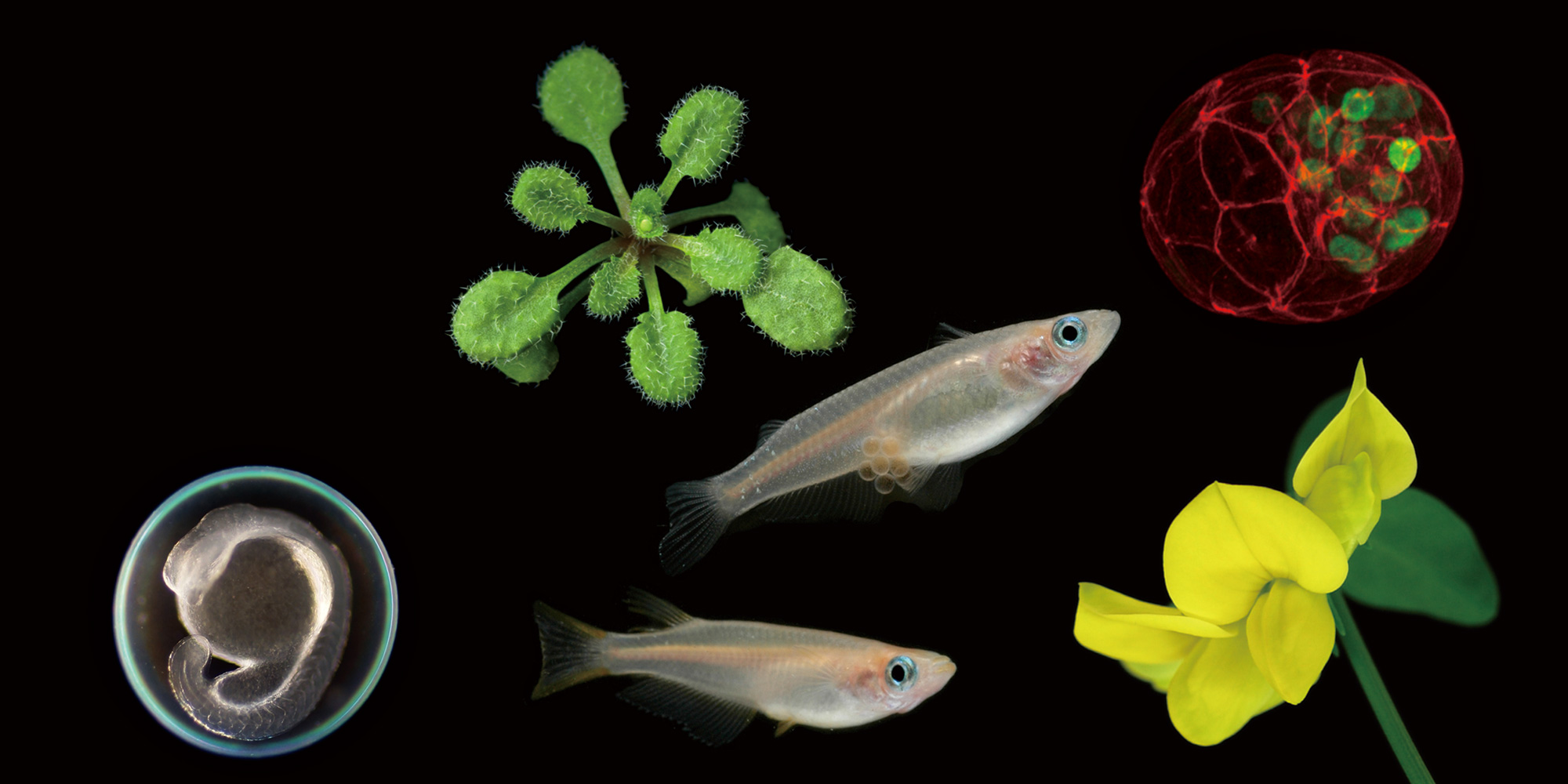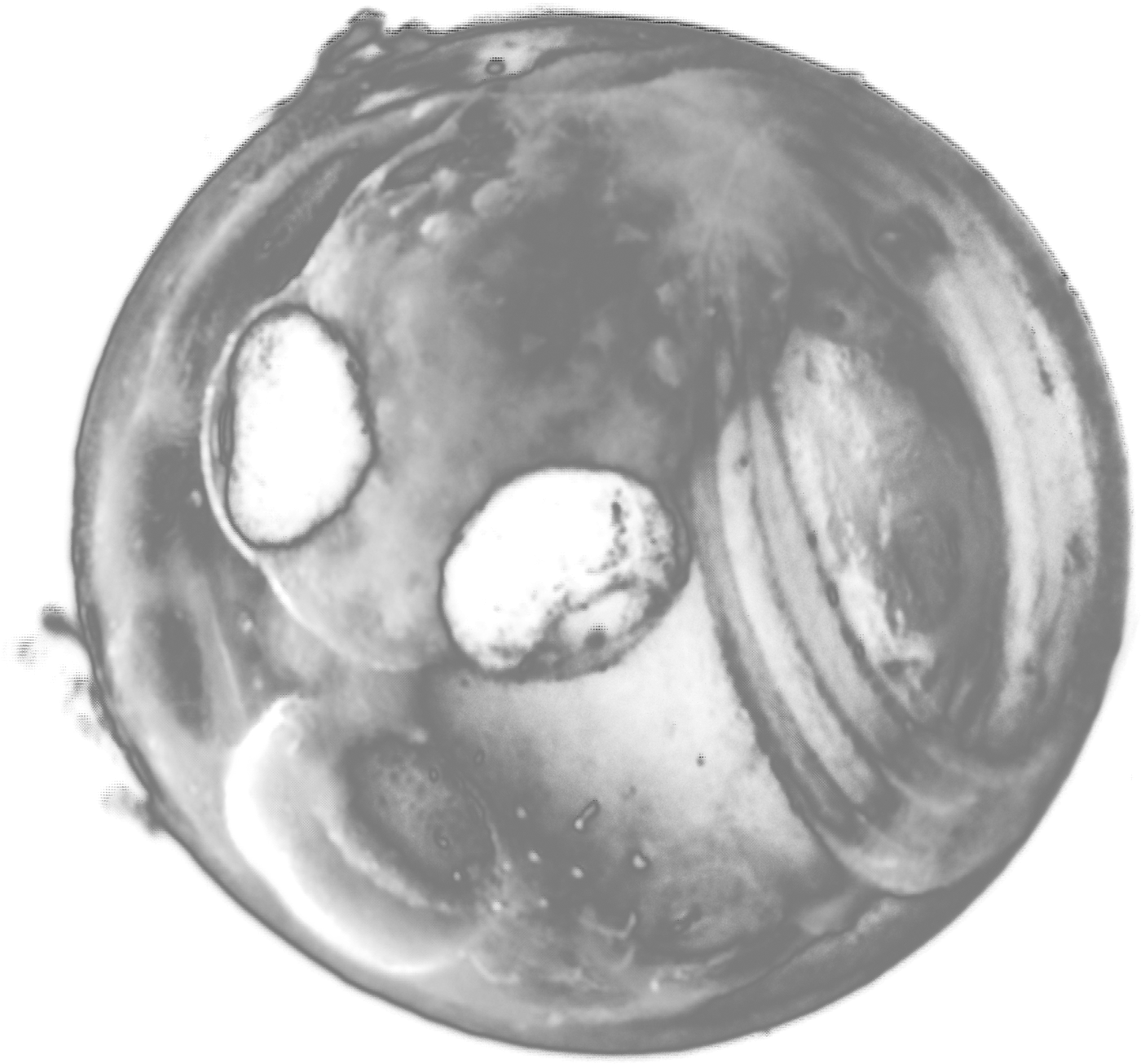2007.09.18 部門公開セミナー
Aquatic pollution in southern Africa – challenges and opportunities for scientists
Dr. Jan Myburgh (Department of Paraclinical Sciences, Faculty of Veterinary Science,University of Pretoria, South Africa)
2007年09月18日(火) 16:00
山手地区3号館9階セミナー室A
分子環境生物学研究部門 井口 泰泉 内線5235
Africa is a continent facing huge environmental challenges, however, these challenges also create unique opportunities for scientists!!!
For Africa to “survive”, the following non-political issues must be successfully managed in a sustainable and satisfactory manner:
a. Environmental over utilization and mismanagement
b. Infectious diseases – emerging and re-emerging diseases
c. Environmental pollution – aquatic and terrestrial
Unsustainable use of the environment is common in Africa! Africa is dying…. infectious diseases cause high annual mortality in humans. Aquatic pollution is escalating and should be addressed on a trans-boundary level. Africa with its unique fauna and flora must be conserved for all humanity. This in itself will be a challenge for ecologists and politicians in future.
In this lecture the above-mentioned challenges will be briefly addressed as an introduction. The focus of the lecture will be on aquatic pollution and the potential opportunities it creates for collaboration with international scientists.
The mining industry (gold, uranium, platinum, vanadium, iron, coal, etc) is extremely powerful in South Africa! Going hand-in-hand with mining, are the associated environmental impacts that are detrimental to environmental, animal and human health. An example is acid mine water and the associated metals affecting aquatic ecosystems.
South Africa is also known for its agricultural achievements! However, to be successful, farmers must use large quantities of pesticides to protect their crops from damaging pests. This most often “misuse” of pesticides causes severe environmental damage. DDT is still used in South Africa to control malaria. Typical EDC effects in humans and animals are reported from areas where pesticides are used.
The use of aquatic animals, especially the Nile crocodile (Crocodylus niloticus) and African sharptooth catfish (Clarias gariepinus), as bioindicators of pollution will be discussed. We were successful in harvesting and using primary hepatocytes from both the above-mentioned species. The development of a Vtg bioassay for both species is still a challenge.
Excretion of steroid metabolites in the urine of the Nile crocodile is also under investigation. To collect a urine sample is very simple and completely atraumatic. Urine steroid profiling in humans can be used to diagnose numerous endocrine dysfunctions (e.g. reproductive and thyroid disorders, enzyme deficiencies or excesses, and hypo or hypercortisism). This investigation is to evaluate the value of crocodile urine as a diagnostic sample to screen for endocrine disruption in crocodiles.
The biggest bioscientific challenge is not only to be internationally competitive (high quality science; using high standard of technology), but also to be locally relevant in our endeavours to address the environmental problems in Africa.







